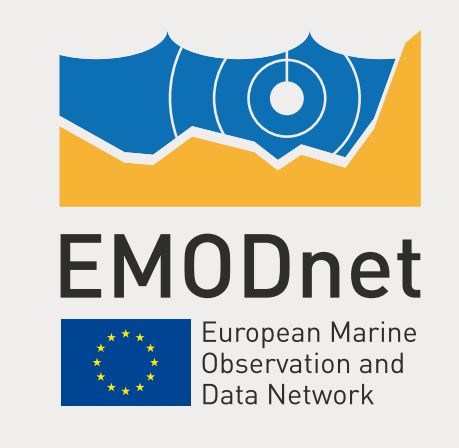Proiecte
EMODNET Geology

| Responsabil: | Dr. Ing. Gabriel Ion, CS I |
| Coordonator: | Natural Environment Research Council – British Geological Survey (NERC-BGS); |
| Beneficiar: | GeoEcoMar |
| Finanțator: | European Commission |
| Schema de finanțare: | Directorate-General for Maritime Affairs and Fisheries (DG MARE) |
| Durata: | 36 months |
| Data începerii: | 15.10.2013 |
| Data finalizării: | 14.10.2016 |
EMODNET Geology
EMODnet-Geology project is one of seven projects that bring together information on geology, chemistry, biology, physics, bathymetry, seabed habitats and human activities in the European marine environment. Each project brings together marine data, data products and metadata from a wide range of sources. Within the EMODnet Geology project, the information made available to the network is mainly provided by the project partners, but other organisations also contribute to the geological mapping objectives in many of the participating countries.
The European Marine Observation and Data Network (EMODnet) is funded by the European Union under Regulation (EU) No 508/15.05.2014 of the European Parliament and of the Council on the European Maritime and Fisheries Fund.
Compile the fragmented marine geoscience data products and make them available through a web portal that is linked to the other EMODnet lots through the Central Portal program. The data and map products include information on the seabed substrate and the rate of recent sediment accumulation; seabed geology (bedrock and Quaternary geology – Quaternary sediments are those deposited mainly by ice over the last 1.86 million years) and all boundaries and faults that can be represented at 1:250,000 scale compilation with information on the lithology and age of each geological unit on the seabed; geological events and probabilities and minerals. For the coast, information on coastal type and behaviour was provided, supplemented by information on coastal erosion or sedimentation and the rate at which they occur. The maps are mainly based on information held by the project partners, but in many cases this has been supplemented by information either in the public domain or made available through data sharing agreements. In some cases, for example in the provision of information on seismic activity at European level, where the most up-to-date geological information is held on third party sites, access through the EMODnet-Geology portal has been established through web mapping services to external organisations/projects.

